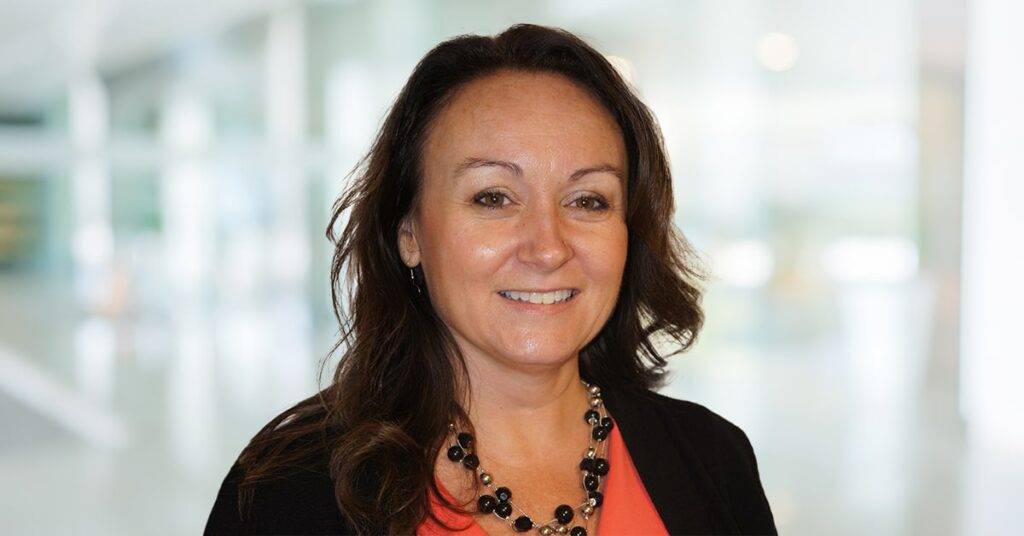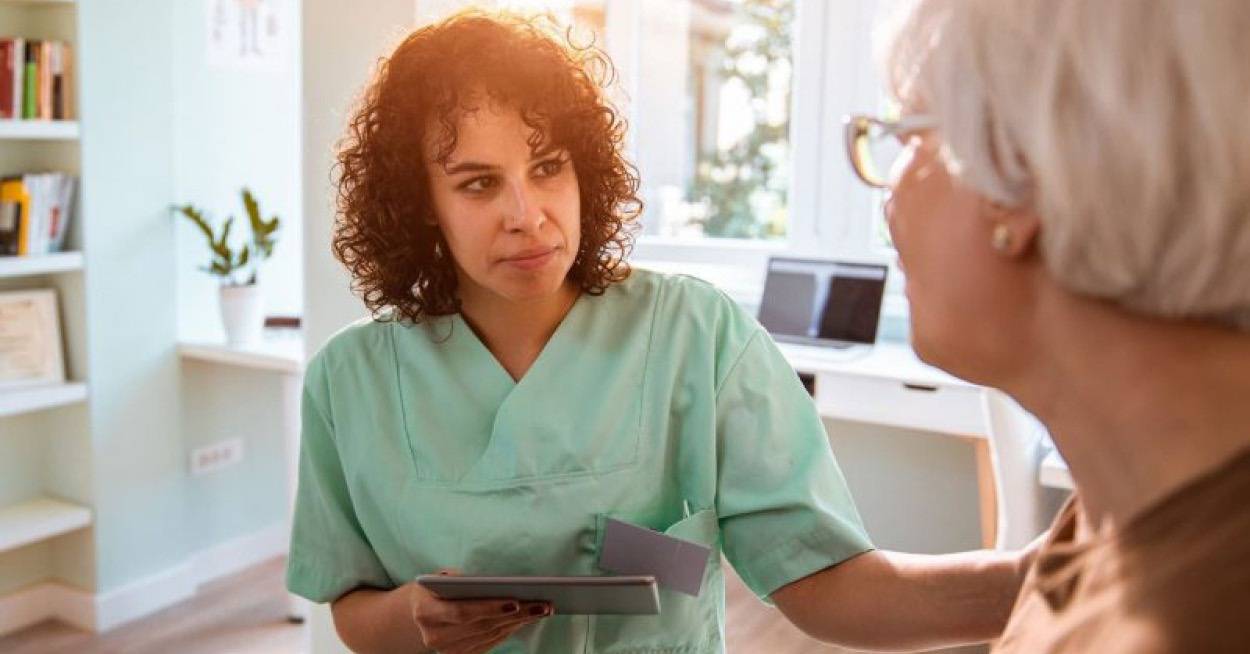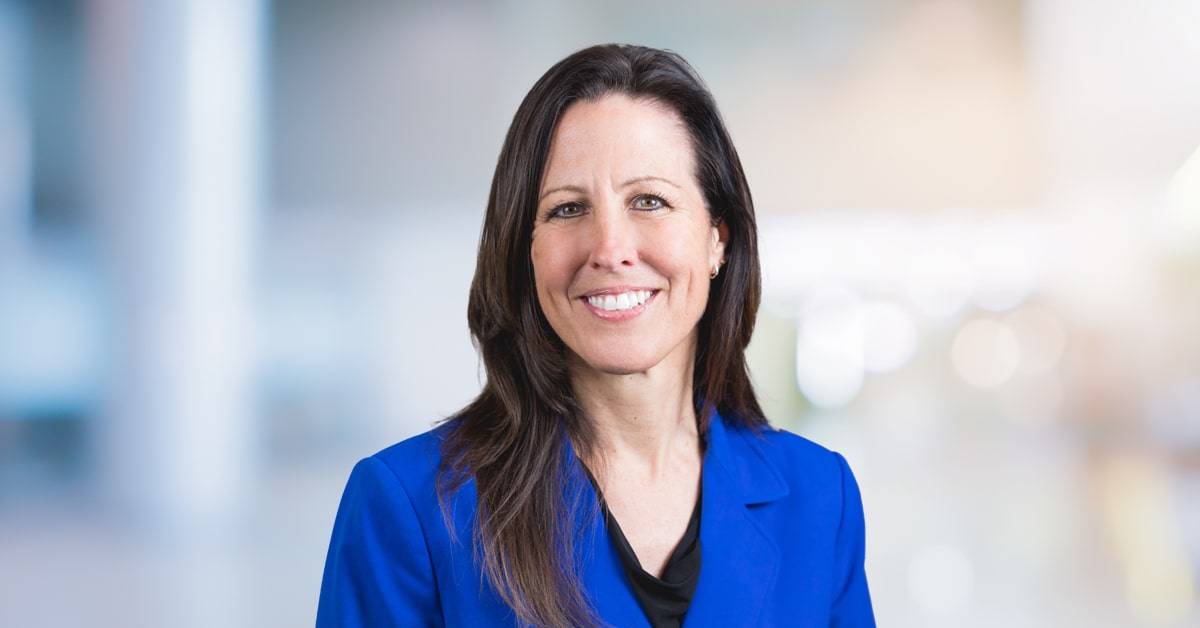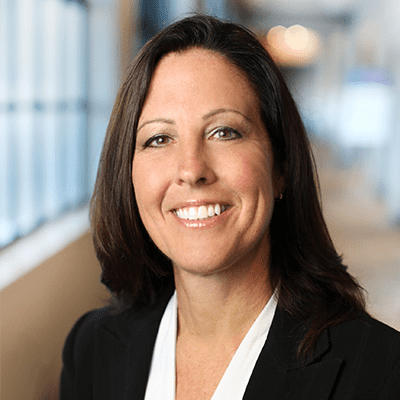- Solutions
- Solutions
- Home Health
- Hospice
- Life Plan Community
- Palliative Care
- Private Duty
- Senior Living
- Skilled Nursing
- Skilled Nursing
- Skilled Nursing Software
- Advanced Insights
- Customer relationship management
- Data and analytics
- Financial & operations management
- Marketing
- Nutrition management
- Referral management
- Regulatory compliance
- Retail management
- Resident engagement
- Revenue cycle management
- Skilled nursing interoperability
- Partners
- Blogs
- Resources
- About
- User Conference

How digital ordering improves the resident dining experience
How digital ordering improves the resident dining experience
It’s a tricky balance: making sure your residents have nutritionally appropriate meal choices, while providing foods they enjoy and also managing your organization’s costs. But MealTracker offers a tool that lets long-term care staff collaborate with residents on meal choices to support their health needs while also meeting their preferences.
Our digital ordering option gives staff the ability to go to a resident’s bedside or tableside to choose meals and hear feedback from the resident at any time. It’s a great opportunity to collaboratively plan appropriate meals and educate residents about the food choices that will enhance their health.
Collaborate for better meal choices
Before digital ordering was available, caregivers had few options for getting detailed feedback from residents. This led to limited menu options and, too often, wrong orders or food waste, which are costly for facilities. Digital ordering through MealTracker lets providers go mobile so they can work more closely with each resident on nutritious meal planning that meets their specific needs while incorporating personal preferences.
Digital ordering systems are also highly effective because they integrate with the EHR. This not only streamlines work for your staff by reducing duplicate data entry, but also helps improve diet compliance and resident safety. For example, if Mrs. Smith is on a cardiac diet, she won’t see a menu option for a hamburger and French fries that other residents might see on a regular menu. MealTracker will adjust her options and offer substitutions or appropriate food items so she can adhere to the diet her doctor recommends.
These systems are also a key part of helping to meet each resident’s nutritional requirements. MealTracker’s menu building features let clinicians see the precise amounts of protein, calories, vitamins, fat, fiber and key micronutrients in each meal, to help keep residents healthy.
Mobile technology supports different dining styles
More and more dining operations are turning to mobile device technology to gather resident orders whether it’s in a dining room by going table to table, or restaurant style where there’s a printed menu and residents make their selections just as they would if they were eating out. Mobile technology allows users to get resident input while looking at appropriate meal options and to look over the details of a meal when making a decision. The order is then sent directly to the kitchen, eliminating errors and helping ensure resident safety.
Digital ordering also offers a feature that gathers resident input to rate meals and provide feedback so dining operators understand which meals and ingredients residents prefer. This not only helps them adjust their food ordering and save money by avoiding waste, but also means they can make sure residents are eating what they need to stay healthy and avoid malnutrition.
Another feature providers find helpful is the ability to track not only what each resident ordered, but also how much of the meal they actually ate. This is an important part of ensuring adequate nutritional management. If they only eat 25% of a meal they ordered, they’re only getting 25% of the nutrients they need. MealTracker allows users to track food intake amounts, which means you get more accurate nutritional analysis.
Flexibility and ease of use help meet your needs
Digital ordering platforms should be easy to implement and easy to use. MealTracker is user-friendly and mobile optimized, meaning each screen automatically adjusts based on the end-user’s device (tablet, laptop or phone) for easy navigation and better visibility into appropriate meal options. Platforms should also have the flexibility to support a range of nutritional needs, including cardiac, IDDSI (International Dysphagia Diet Standards), diabetic and other specialized diets for a streamlined ordering experience.
The power of choice
Using digital ordering to embrace a collaborative approach to meal planning helps residents feel more empowered to maintain healthy mealtime habits. It also fosters connections between residents and your staff, who gain an opportunity to educate residents about nutrition and learn about their dietary preferences. The fact that this technology can also help reduce errors, save money and improve resident satisfaction and safety is just icing on the cake.
Request a demo to see MealTracker in action.
See what MatrixCare can do for you
Amy Wootton
Amy Wooton, RDN, is a registered dietitian licensed in the state of Florida with over 18 years of experience in clinical nutrition leadership for senior communities as well as acute care, food service management, nutrition informatics, and wellness education. Amy is an active member of the Academy of Nutrition and Dietetics, was appointed Vice Chair on the Interoperability and Standards Committee, and is the leader of the Academy’s Nutrition Care Process Workgroup. Amy most recently accepted a Leadership Award from the Florida Academy of Dietetics. She has achieved years of diversified experience in all spectrums and disease improvement and prevention throughout each lifespan. Amy is a dedicated leader and is passionate about the success of nutrition interventions as an electronic solution to healthcare crises.
Related Posts



See MatrixCare in action
Start by having a call with one of our experts to see our platform in action.
MatrixCare offers industry-leading software solutions. Thousands of facility-based and home-based care organizations trust us to help them improve efficiency and provide exceptional care.





